From inside (document excerpt):
Variable Speed, Two-Stage Induced-Combustion Deluxe Four-Way Multipoise Furnace Troubleshooting Guide INDEX Safety Considerations Instructions . Example . Furnace Model Nomenclature General . Sequence of Operation Single-Stage Thermostat and Two-Stage Heating (Adaptive Mode) . Two-Stage Thermostat and Two-Stage Heating Cooling Mode . Single-Speed Cooling Single-Stage Thermostat and Two-Speed Cooling (Adaptive Mode) .
Heating, Ventilating and Air Conditioning User Manual Free Download. HAVC Operator’s Manual. Gas Furnace and AC Free Instruction Manual Download PDF.
Two-Stage Thermostat and Two-Speed Cooling . Thermidistat Mode . Super-Dehumidify Mode . Continuous-Blower Mode Heat Pump Defrost . Component Test Service/Status Code Instructions . Start Here Rapid Flashing AMBER LED . Improper Cooling Air Flow . High Heat Temperature Rise Too Low Status Code 11 – No Previous Code Status Code 12 – Blower On After Power Up Status Code 13 – Limit Circuit Lockout Status Code 14 – Ignition Lockout Status Code 15 Blower Motor Lockout Status Code 21 – Gas Heating Lockout . Status Code 22 – Abnormal Flame-Proving Signal Status Code 23 – Pressure Switch Did Not Open Status Code 24 – Secondary Voltage Fuse Is Open . Status Code 25 Model Selection or Setup Error . Status Code 31 – High-Heat Pressure Switch or Relay Did Not Close or Reopened Status Code 32 – Low-Heat Pressure Switch Did Not Close or Reopened . Status Code 33 – Limit Circuit Fault . Status Code 34 – Ignition-Proving Fault . Status Code 41 Blower Motor Fault . Status Code 43 – Low-Heat Pressure Switch Open While High-Heat Pressure Switch Is Closed Status Code 45 Control Circuitry Lockout Cleanup and Start-Up Instructions APPENDIX A – Board Layout & Wiring Schematic . APPENDIX B – ICM Blower Motor Description & Operation APPENDIX C – Pressure Check Diagram . APPENDIX D – Static Pressure Reading Location Diagrams APPENDIX E – Quick Reference Information . APPENDIX F – Thermostat Staging Algorithm PAGE Manufacturer reserves the right to discontinue, or change at any time, specifications or designs without notice and without incurring obligations. PC101 Catalog No. 535-80107 Printed in U.S.A. 58-5T Pg 1 3-03 Replaces: NEW SAFETY CONSIDERATIONS Installing and servicing heating equipment can be hazardous due to gas and electrical components. Only trained and qualified personnel should install, repair, or service heating equipment. Untrained personnel can perform basic maintenance functions such as cleaning and replacing air filters. All other operations must be performed by trained service personnel. When working on heating equipment, observe precautions in the literature, on tags, and on labels attached to or shipped with the unit and other safety precautions that may apply. Follow all safety codes. In the United States, follow all safety codes including the National Fuel Gas Code (NFGC) NFPA 54 2002/ANSI Z223.1-2002 and the Installation Standards, Warm Air Heating and Air Conditioning Systems (NFPA 90B) ANSI/NFPA 90B. In Canada, refer to the CAN/CGA-B/49.1- and .2-M00 National Standard of Canada, Natural Gas and Propane Installation Codes (NSCNGPIC). Wear safety glasses and work gloves. Have a fire extinguisher available during start-up and adjustment procedures and service calls. Recognize safety information. This is the safety-alert symbol .When you see this symbol on the unit and in instructions or manuals, be alert to the potential for personal injury. Understand the signal words DANGER, WARNING, CAUTION, and NOTE. These words are used with the safetyalert symbol.


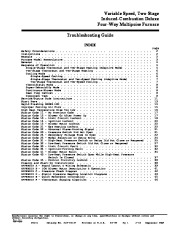 Carrier Owners Manual - Enlarge page 1 of 48
Carrier Owners Manual - Enlarge page 1 of 48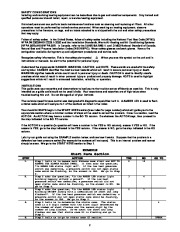 2 of 48
2 of 48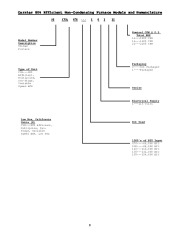 3 of 48
3 of 48 4 of 48
4 of 48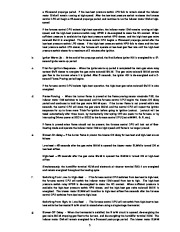 5 of 48
5 of 48 6 of 48
6 of 48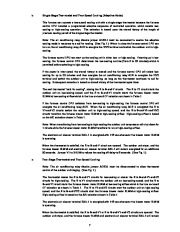 7 of 48
7 of 48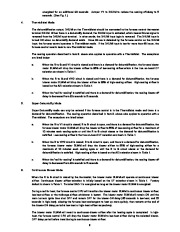 8 of 48
8 of 48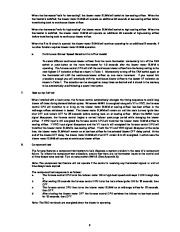 9 of 48
9 of 48 10 of 48
10 of 48 11 of 48
11 of 48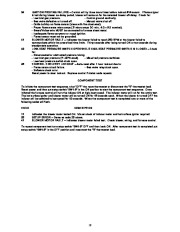 12 of 48
12 of 48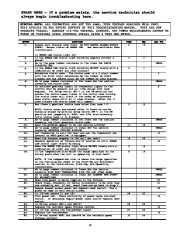 13 of 48
13 of 48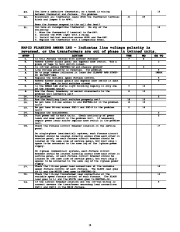 14 of 48
14 of 48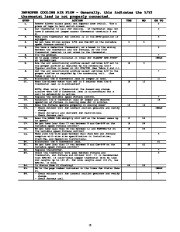 15 of 48
15 of 48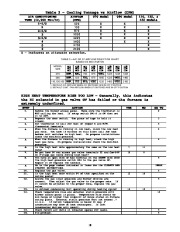 16 of 48
16 of 48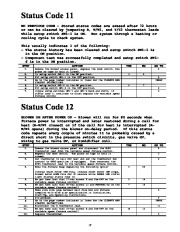 17 of 48
17 of 48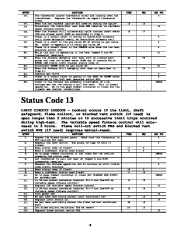 18 of 48
18 of 48 19 of 48
19 of 48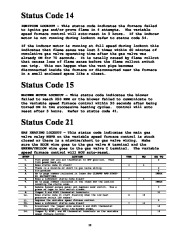 20 of 48
20 of 48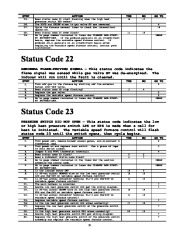 21 of 48
21 of 48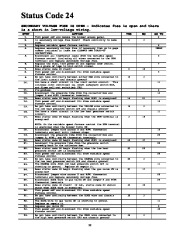 22 of 48
22 of 48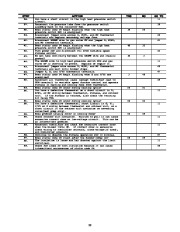 23 of 48
23 of 48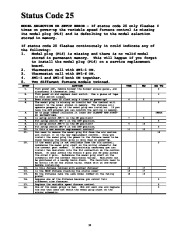 24 of 48
24 of 48 25 of 48
25 of 48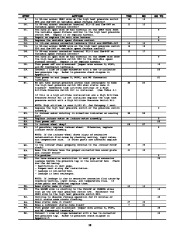 26 of 48
26 of 48 27 of 48
27 of 48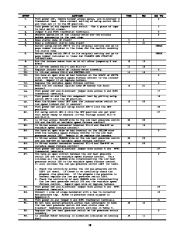 28 of 48
28 of 48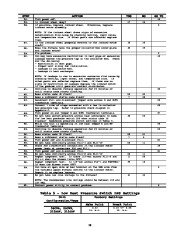 29 of 48
29 of 48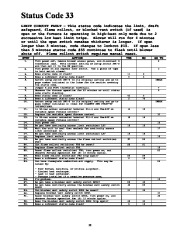 30 of 48
30 of 48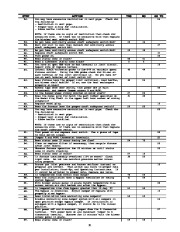 31 of 48
31 of 48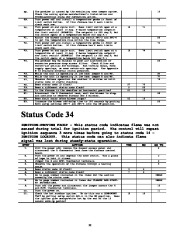 32 of 48
32 of 48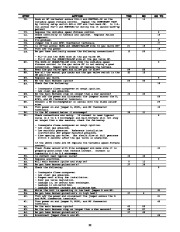 33 of 48
33 of 48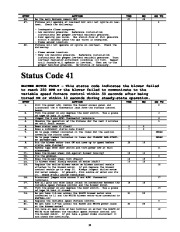 34 of 48
34 of 48 35 of 48
35 of 48 36 of 48
36 of 48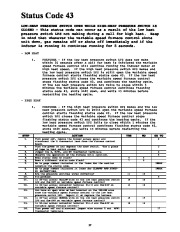 37 of 48
37 of 48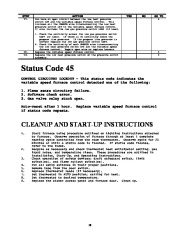 38 of 48
38 of 48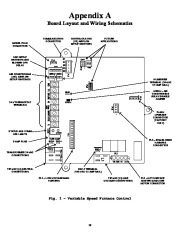 39 of 48
39 of 48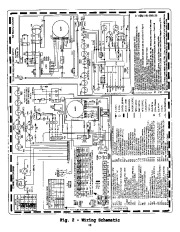 40 of 48
40 of 48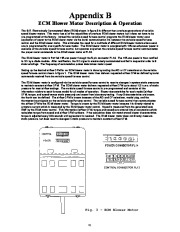 41 of 48
41 of 48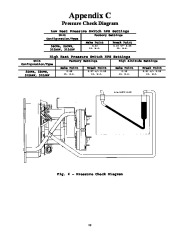 42 of 48
42 of 48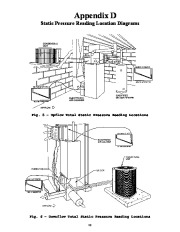 43 of 48
43 of 48 44 of 48
44 of 48 45 of 48
45 of 48 46 of 48
46 of 48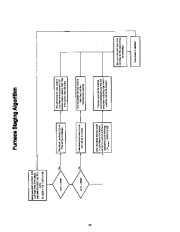 47 of 48
47 of 48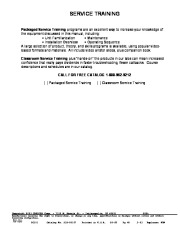 48 of 48
48 of 48